Candida albicans is a yeast that lives in and on the human body. In small amounts it is not harmful, but an overabundance can cause infections in the genitourinary tract, the digestive system and on the skin. An overgrowth of candida in the gastrointestinal tract is associated with ulcers, Crohn’s disease and ulcerative colitis. Along with causing many infections patients acquire in hospitals, candida can also be at the root of longstanding symptoms such as fatigue, headaches, rashes and post-nasal drip.
The growth of candida is usually inhibited by the presence of friendly bacteria in the gut and on the skin. When the internal or external environment is disrupted, candida can proliferate. Some of the factors favoring candida overgrowth are taking antibiotics and steroids, using antibacterial soaps, eating a diet high in sugar and refined carbohydrates and consuming alcohol. Poor oral hygiene, wearing dentures and using oral contraceptives are other contributors. Diabetes, cancer, AIDS and recent surgeries all result in a weakened immune system and make pathogenic levels of candida more likely.
Vaginal yeast infections are the most common manifestation of a candida imbalance, affecting 75 percent of women. Symptoms include itching of the vulva, burning sensations and a thick, white discharge. A health care practitioner can often recognize a vaginal yeast infection using visual inspection. A swab of vaginal fluid can be examined under a microscope to help with diagnosis, and candida can also be detected on a Pap, the test used to screen for cervical cancer. A woman should refrain from intercourse when she has a yeast infection, as she can transmit the infection to her partner.
A mild yeast infection can be treated with topical antifungal medication, as can thrush, which is a yeast infection of the mouth or throat. For more serious cases, oral and intravenous forms of medication exist, although numerous species of Candida albicans have developed drug resistance.
If your infections are recurrent, following an anti-candida diet is warranted. In addition to eliminating foods that are obvious sources of yeast such as bread and beer, foods that feed yeast should also be excluded including sugar and other sweeteners like honey and maple syrup. Dairy products contain lactose, a milk sugar, and may also contain molds that cause unwanted immune system responses. A water fast can jumpstart the process of killing off candida, as can a specialized amino acid formula similar to a liquid protein diet.
There are numerous foods that fight candida infections which should be consumed along with a yeast-free diet focusing on non-starchy vegetables and gluten-free grains. These are garlic, oregano, curcumin, pomegranate, coconut oil, Aloe vera, kombucha, sauerkraut, kimchi and apple cider vinegar. Concentrated supplements with antifungal properties can be added to your regimen. Caprylic acid (one of the constituents of coconut oil) is available in capsule form, as are grapefruit seed extract and undecylenic acid. Probiotics are recommended to repopulate the gut with friendly bacteria to keep candida in check.
Visit www.yeastconnection.com/pdf/yeastfullsurv.pdf to complete a questionnaire which will tell you the likelihood that your symptoms are related to Candida albicans.
Dr. Jessica Needle is a licensed naturopathic doctor practicing at Optimal Health Center in Palm Desert and can be reached at (760) 568.2598.
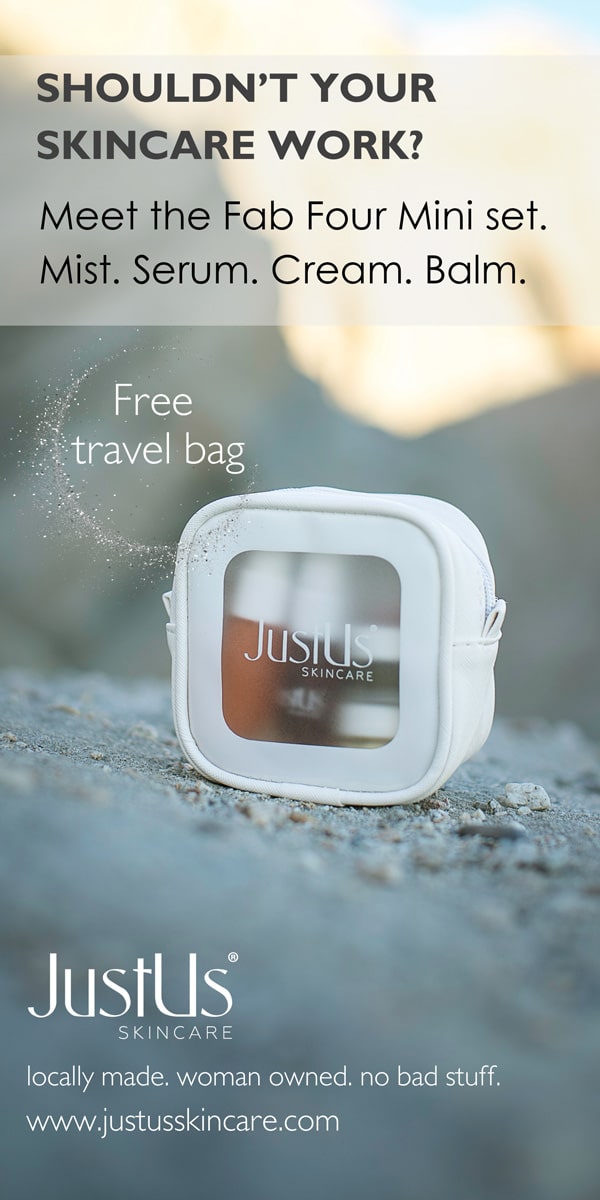


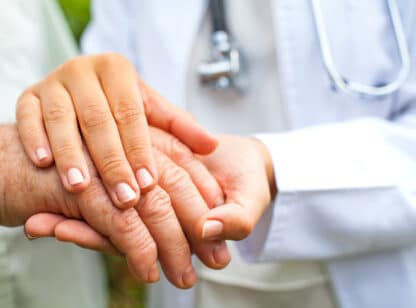



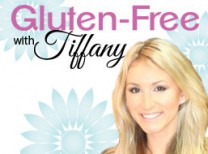
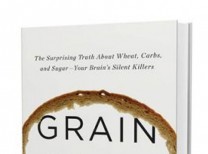



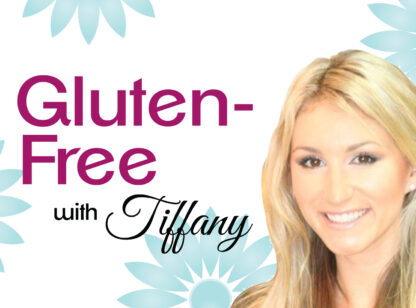
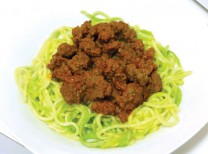




















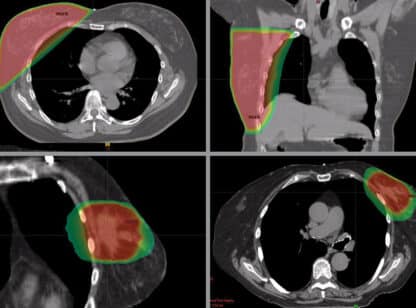





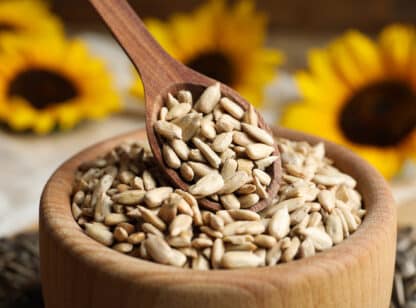

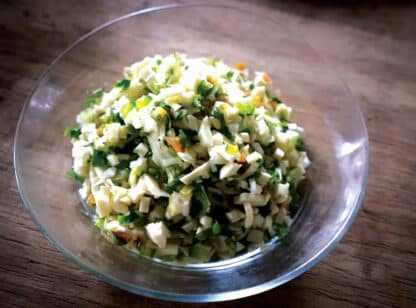

Comments (0)